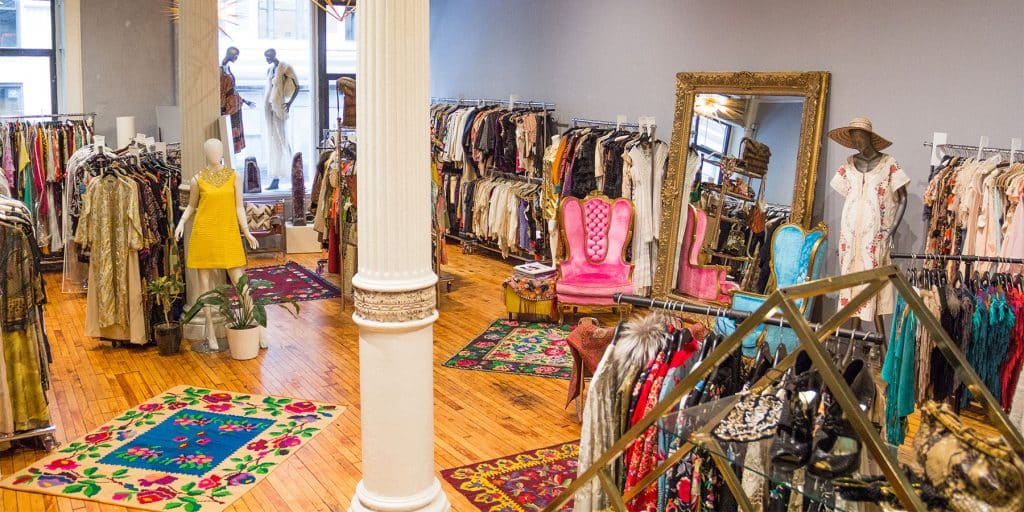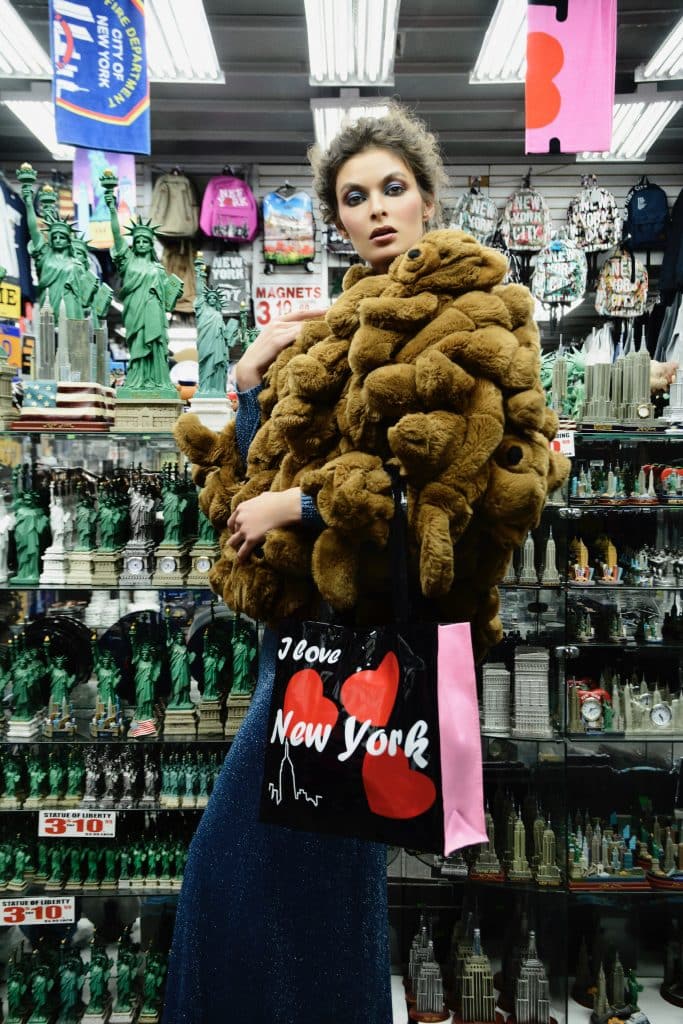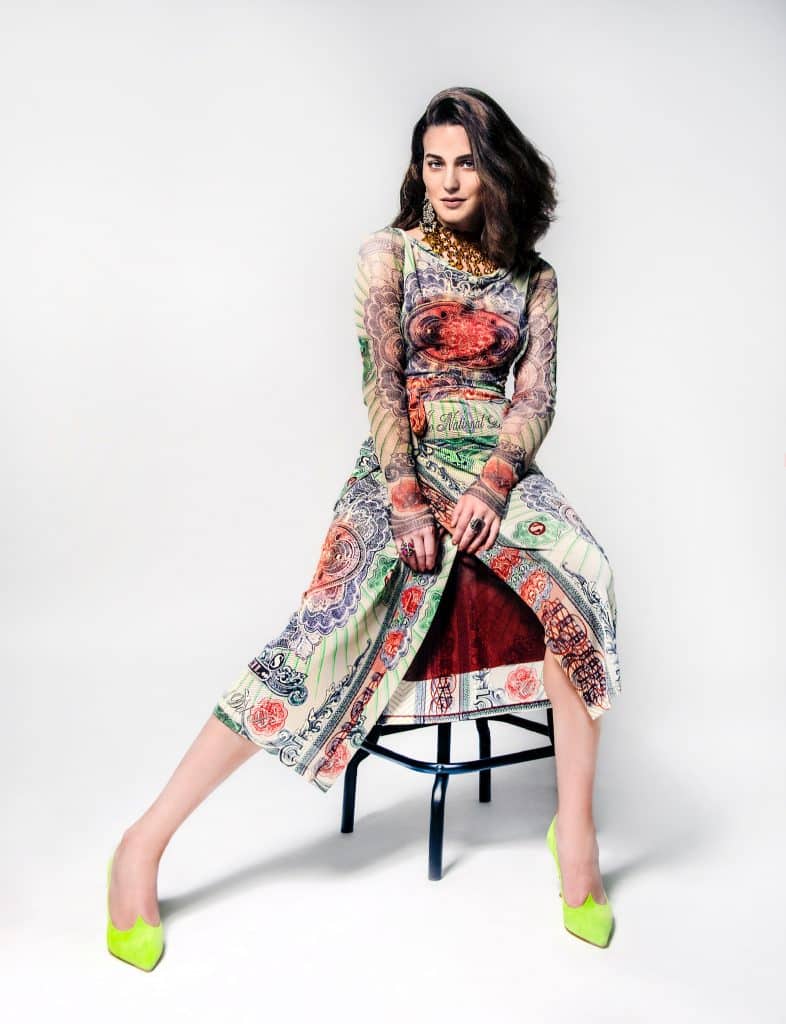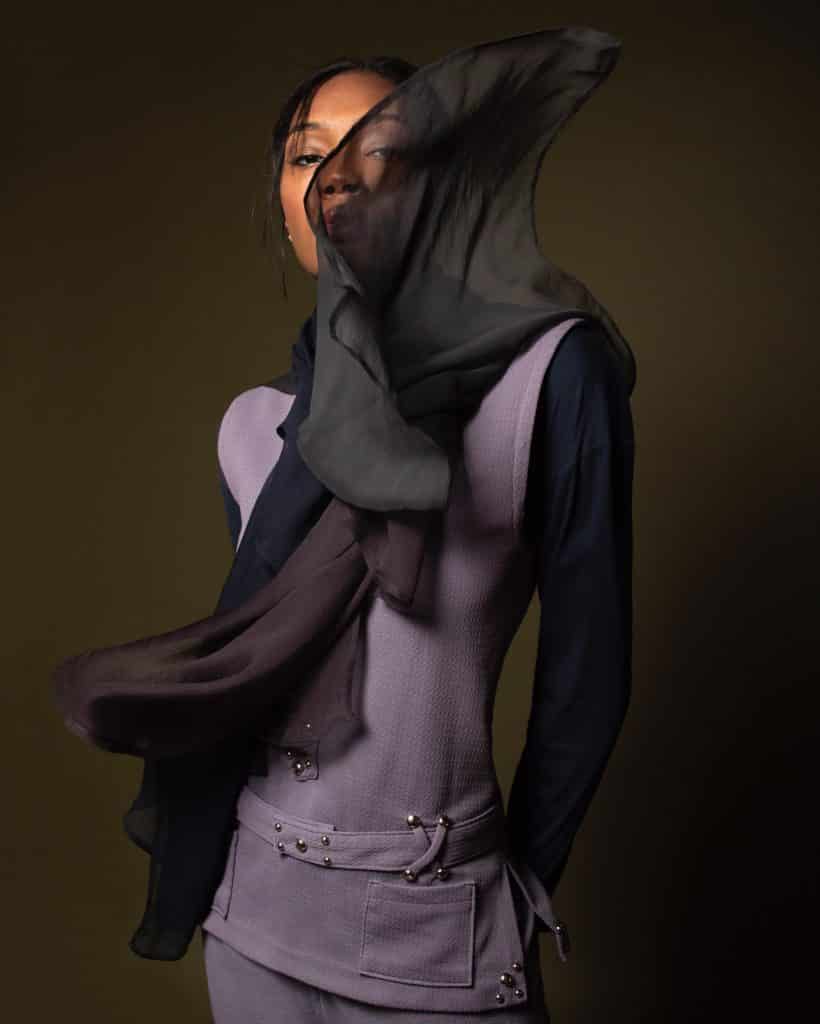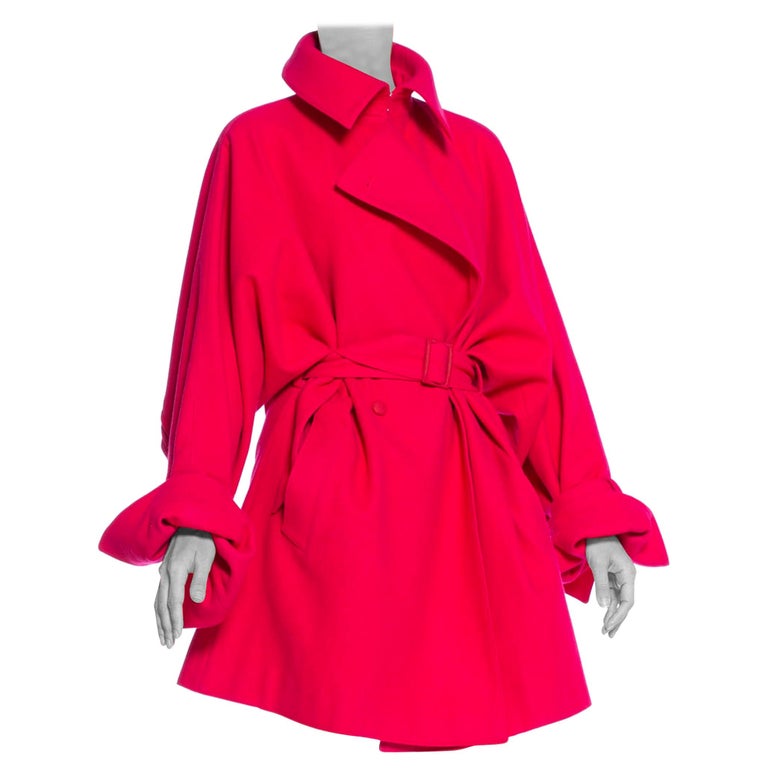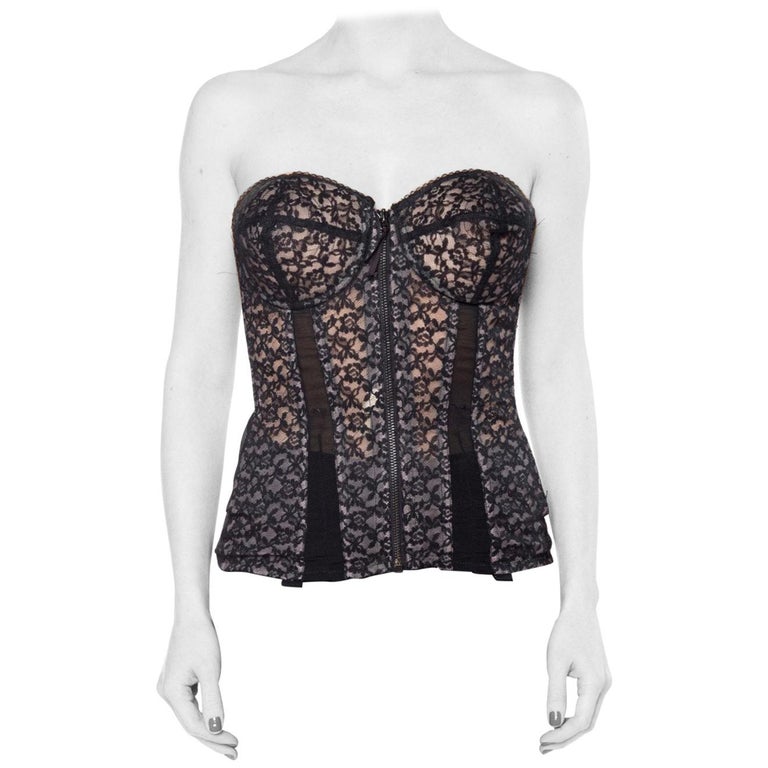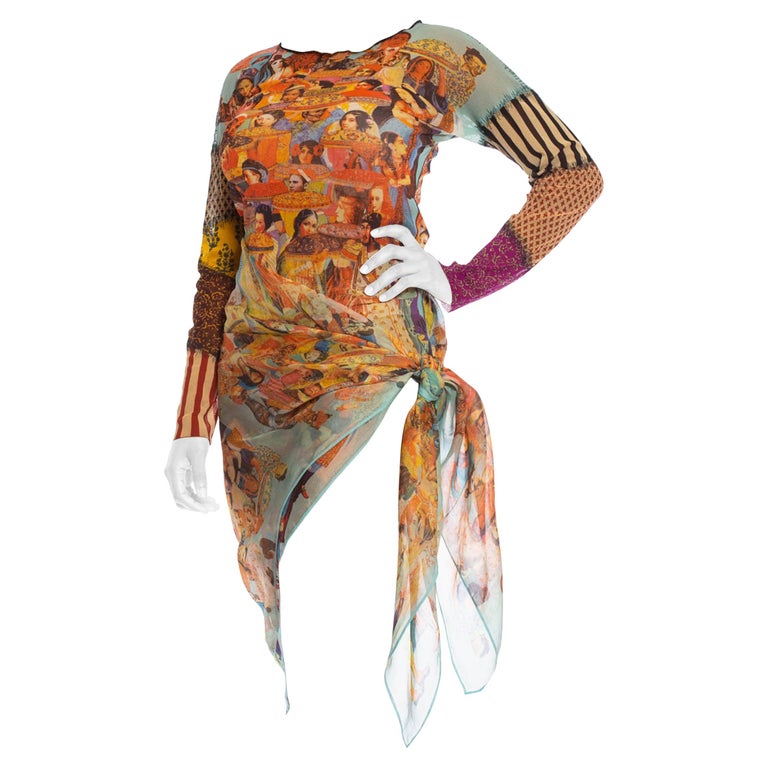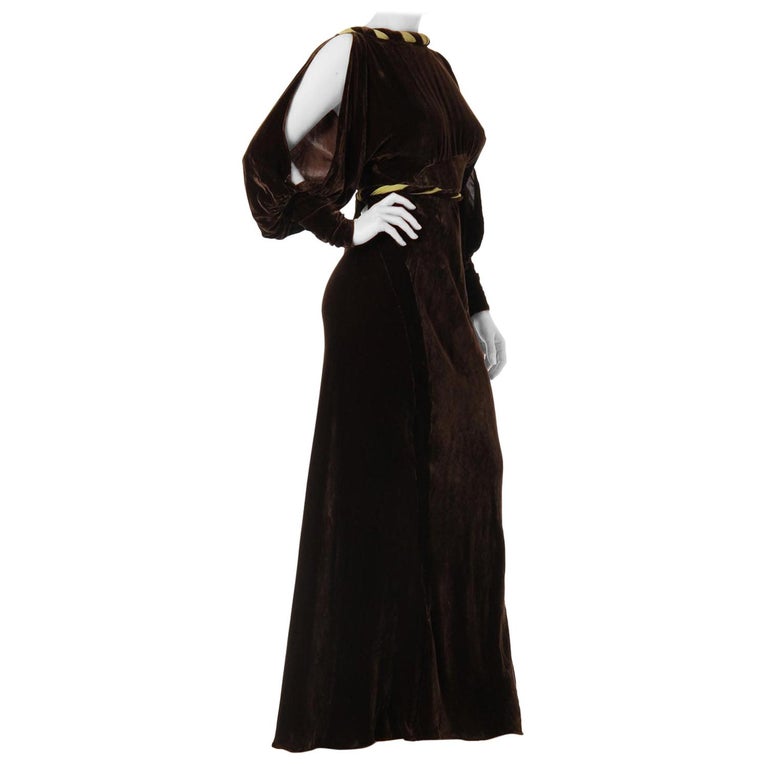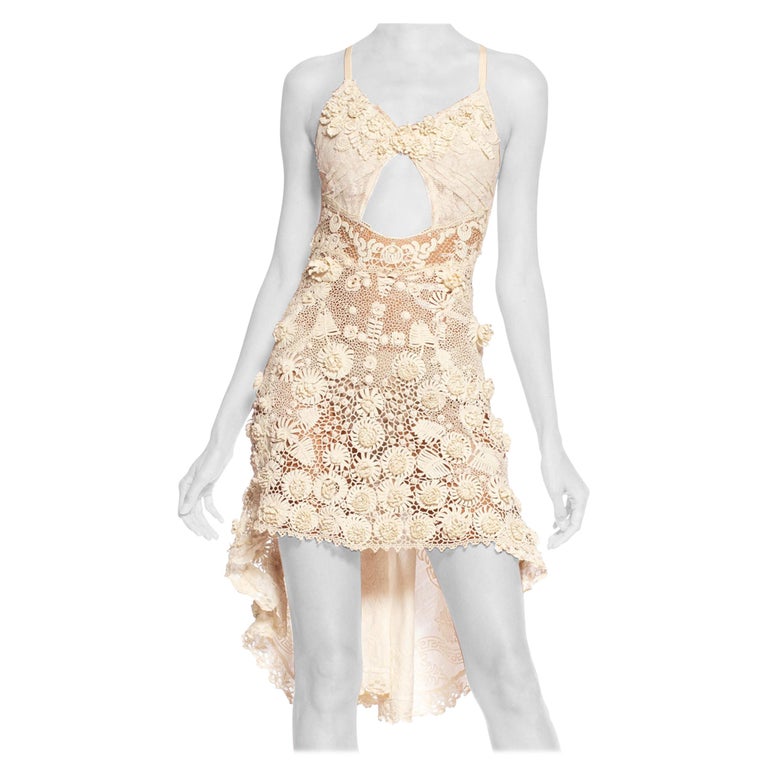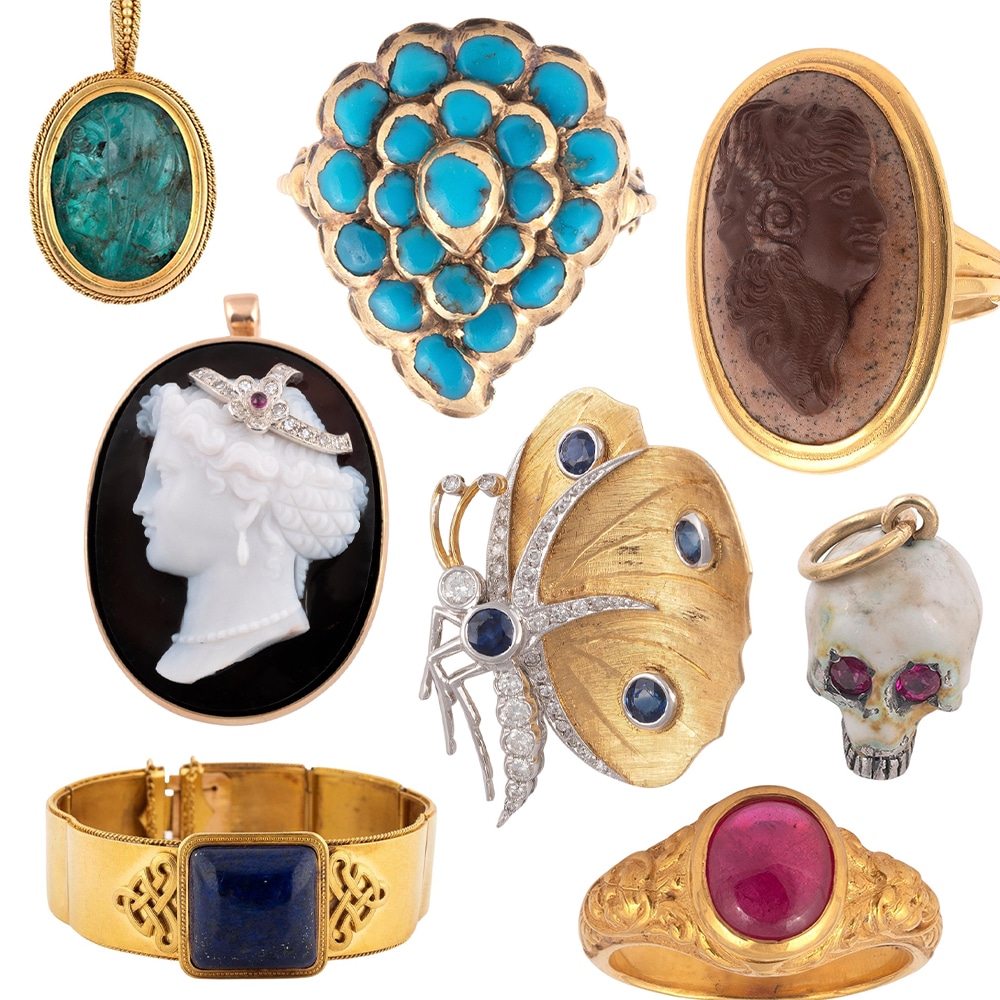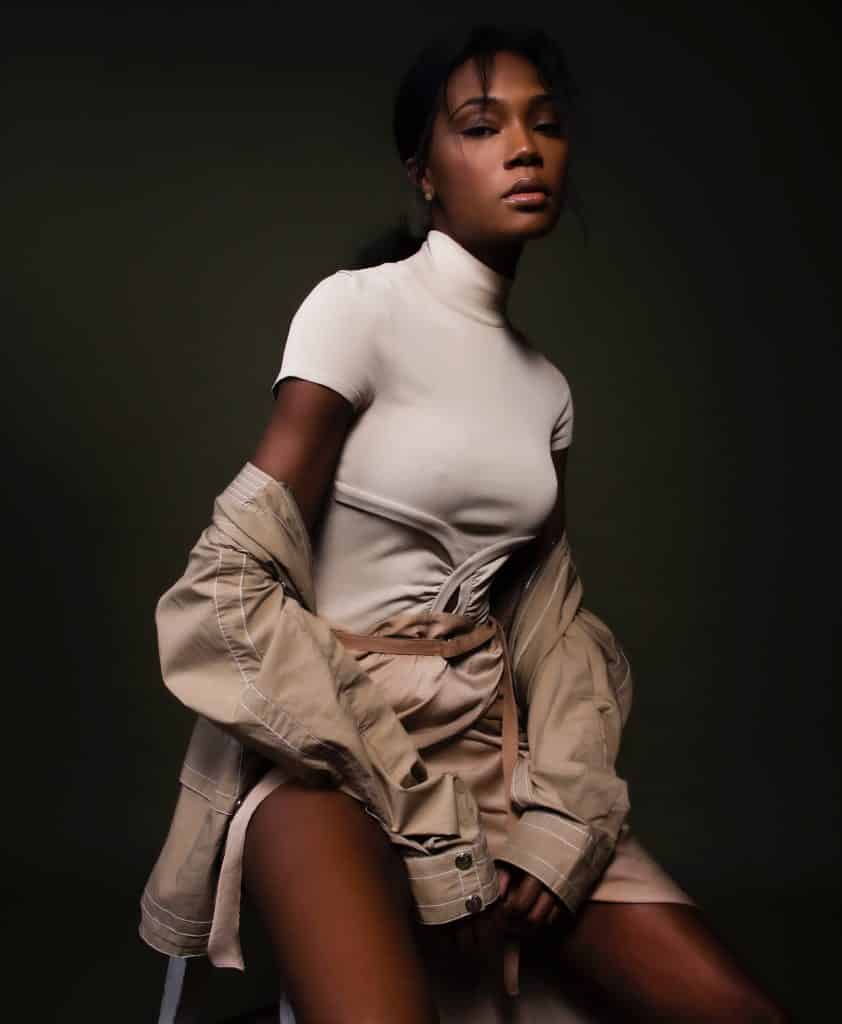
February 14, 2021Vintage entrepreneurs Bridgette Morphew and Jason Lyon share an encyclopedic knowledge of fashion. They also possess the ability to seamlessly leap from one topic to another, regaling listeners with stories about the milling of antique cotton, the rarefied art of embroidering on velvet (still practiced in Southern Italy, they’ll have you know) and the revolutionary bias cuts of designer Stephen Burrows, best known for his technicolor jersey dresses of the 1970s.
The two have been friends and collaborators for more than 20 years. They forged careers within the highest echelons of the fashion industry thanks to their New York–based consultancy, Paradox Designs, which they founded in 2005 as a laboratory of ideas for designers seeking expert guidance and forecasts inspired by archival styles.
By the late 2000s, Paradox had become the go-to agency for trend advice and vintage inspiration, called upon by such top fashion houses and designers as Diane von Furstenberg and Alexander McQueen. Celebrities and tastemakers soon discovered their extraordinary collection of vintage clothes, and the pair spotted a new opportunity.
In 2013, they moved into consumer retail with the launch of Morphew Vintage, a purveyor of one-of-a-kind wonders, from Victorian knickerbockers to the figure-sculpting gowns Tom Ford designed for Gucci.
Thanks to their sartorial and business savvy, the Morphew showroom in Manhattan’s Garment District has become a one-stop shop for high-end retro fashion, as famous for its seminal catwalk pieces, dreamed up by couture legends like Oscar de la Renta and Azzedine Alaïa, as for its flamboyant theatrical silhouettes, like the dazzling showgirl ensembles of Bob Mackie.
Morphew and Lyon have cast a wonderfully wide net over traditional and inventive forms of dress, bringing together myriad styles — 19th-century military pelisses and Deco flapper dresses through Swinging Sixties mod styles to ’90s supermodel dresses, noted for their floor-grazing, figure-hugging lines.
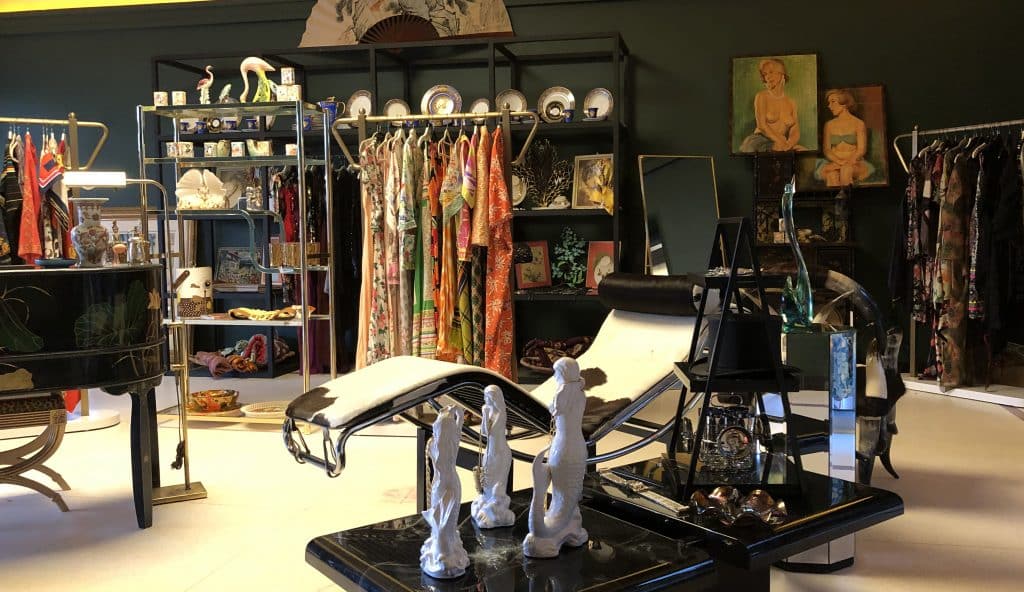
But the fun doesn’t stop there. The pair also has a more experimental venture: Morphew Collection, a line of contemporary pieces designed in-house and sustainably crafted from rare vintage fabrics, as well as from outmoded or damaged garments. No two pieces are alike, adding to the uniqueness of their vintage emporium.
Many of these one-of-a-kind designs are now available at their new pop-up in Miami, where Morphew already has a solid base of customers, introduced to the brand by its northeastern clients who holiday there in the winter. “It’s a place where people love to have fun and dress up,” says Lyon. If it’s as successful as they hope, the outpost, located in the Faena District in Mid-Beach, may well become a permanent fixture. A treasure trove of exquisitely made one-offs, it’s crammed full of color in the form of bohemian caftans created from vintage kimono silks, as well as a collection of vintage housewares.
Introspective caught up with the fashion trailblazers ahead of their grand opening as they prepared to give Florida’s style-conscious community some much-needed retail therapy.

Your vintage selection is a celebration of style through time. How do you choose the pieces, given that they’re not limited to any particular era or style?
Jason Lyon: I like to say we sell the design first and designer second. It isn’t enough for us to stock a piece simply because it has a Chanel label. It’s about what makes that piece unique, emblematic and important. A cool vintage piece doesn’t have to be branded to be special.
We focus on what we like and carefully select every piece that we buy. Our collection on 1stDibs is fully curated for many sets of eyes. So, you’ll find that vintage Versace dress with a signature crazy print as well as more sculptural pieces, such as Issey Miyake designs from the early eighties.
Your fashion consultancy, Paradox, was well placed in the fashion firmament before you launched into retail in 2013. How did your consultant services inform your design eye?
Bridgette Morphew: I always say that we specialize in dressing artistic people, not those who follow the herd. At Paradox, we worked with just about every luxury brand you can think of, from Marc Jacobs and Alexander McQueen to Zimmermann and Valentino. Not to mention a huge number of film and television companies. We still do.
It was our job to recognize trends before any of these fashion houses did. We would advise them on emerging styles and source important vintage pieces that might provide inspiration for a collection. So, we entered the retail space from a fresh angle: steered by a real passion for design, guided by a deep knowledge of fashion history and armed with the ability to forecast trends by spotting pieces that might influence the catwalk.
J.L.: That’s right. It’s all about that connection for us, which comes from experience as well as intuition. When you’ve worked with so many designers, you have a solid understanding of how to ignite people’s imagination with styles from the past.
Gloria Vanderbilt used to buy a lot of early Miyake from us, but we also have clients who want a gamine look, such as a nineteen sixties minidress with a conservative neckline. Still others want a classic low-cut Roberto Cavalli gown from the nineties.
Certain vintage dealers specialize in haute couture or a specific era, but we have a wide range of customers who like to experiment, including a big celebrity clientele, from Kim Kardashian to Miley Cyrus. The draw is less about vintage than it is about enduring quality and style. For example, the singer Florence Welch loves exquisite handwork, so she comes to us for Victorian pieces embellished with hand-embroidered lace.

In addition to Morphew Vintage, you have Morphew Collection, comprising pieces created using vintage materials. What made you want to approach the drawing board and sketch out silhouettes of your own?
B.M.: Actually, design is where things began for us. Jason and I both grew up in St. Petersburg, Florida. In the nineties, it was the retirement capital of the world! This was a good thing, because the local thrift store was full of these amazing clothes that we would cut up and reshape. Morphew Collection is our modern take on this, only on a luxury level.
Are there any materials that you especially love to work with?
J.L.: The holy grail has to be gold lamé silk with floral prints from the nineteen twenties. It’s what we call an extinct textile: no longer produced, extremely expensive and hard to find. I use this rare material to design cocoon capes and kimono styles that have a very fluid silhouette inspired by Paul Poiret.
We never cut the fabric, and we apply stitches to just the seams, so that the textile is preserved for the future. The same goes for the antique lace that we use. We’ll never cut into it. For example, if it has been applied to a Victorian silk bodice that has been damaged by rust from the hooks and eyes or dry rot, as is often the case, our seamstresses will carefully unpick the antique lace from the silk and meticulously piece it back together so it’s ready for redesign.
We often come across textiles that would be impossible to produce today. I once sourced a nineteen thirties gown for Jean Paul Gaultier — it was made of a specific kind of net, so delicate that the couture department was unable to replicate it. I imagine it’s been preserved in the house’s archive. That day, he bought a tremendous amount of vintage lingerie from us too. He must have an amazing collection!
And presumably, you get a buzz out of recycling pieces that have been gathering dust.
B.M.: Some dresses from the past have tiny sixteen- or eighteen-inch waists. They simply aren’t practical today, so we transform them into wearable contemporary cuts. Often, an amazing dress has crushed shoulders from being held in storage, so we turn it into a sexy halter style.
Morphew Collection is very much about sustainability, about giving clothes and materials a luxurious second life. However, we are not here to rewrite fashion history. If a piece is by an important designer and it is in pristine condition, we don’t touch it, and it becomes part of our vintage offerings.
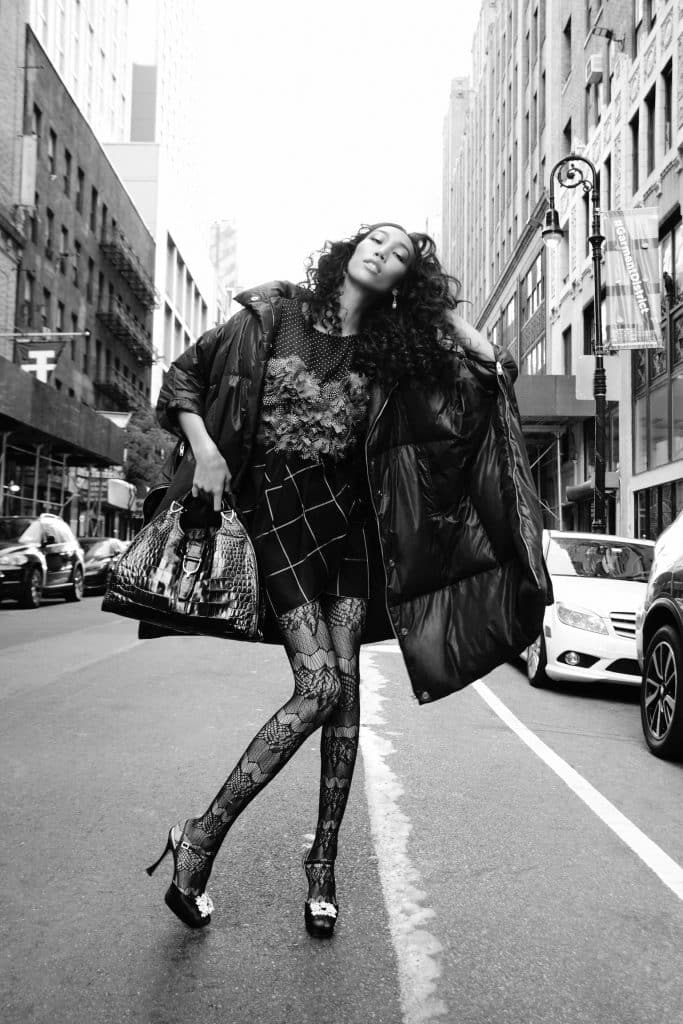
Which designers are the unsung heroes of vintage fashion?
J.L.: The late eighties to the late nineties are a big thing at the moment, so Patrick Kelly and Michaele Vollbracht are two names to know. Geoffrey Beene is also a personal favorite of mine — a genius in my book.
If you think about it, many of the great talents of the past had a golden period that lasted between five and eight years. Often, if they didn’t have huge commercial success, it was precisely because they were so creative and radical and not interested in producing the basics. I’m talking about designers like Stephen Sprouse and Stephen Burrows, known for his bias technique. It’s important that we remember how influential they were and still are.
How do you source pieces for Morphew Vintage, and what have been your most memorable finds?
B.M.: Travel is on pause at the moment because of the pandemic, but we shop everywhere we go, from Paris to the tropics — even when we’re on holiday. Some pieces are picked up from flea markets, and others are sourced from collectors, so it really depends. We never buy in bulk. We always cherry-pick things.
I recently had a tip-off about some vintage pieces in Buffalo, New York, including two incredible Versace jackets that had never been worn. We sold one to a famous Bollywood producer and the other to a well-known sunglass designer from Montreal. In this stash, too, was a vintage Christian Dior hat. Just recently, Christian Dior Couture [in Paris] bought the hat on 1stDibs for its archive. It was such a surprising find in such an unexpected location.
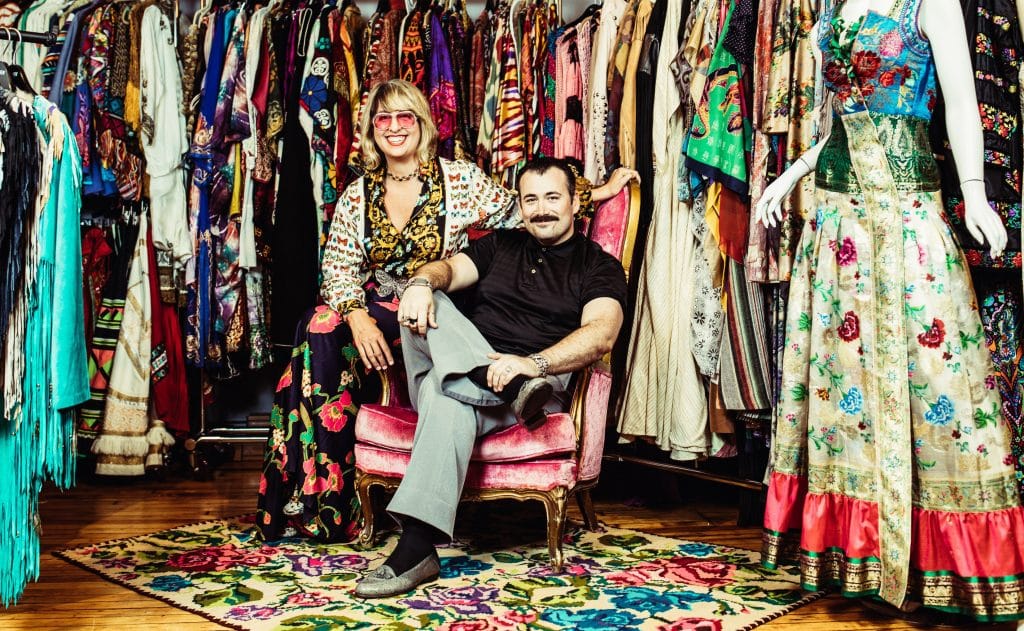
Have you ever been sorry to let something go?
J.L.: We recently sold an ensemble to Nicolas Ghesquière on 1stDibs that was from an Italian futurist ballet troupe in the nineteen twenties. Very little is known about this troupe, which was inspired by the avant-garde sensibilities of the era, much like the Ballets Russes and the Bauhaus. The woman we bought it from in Paris had acquired it from the elderly son of one of the original dancers. Personally, I found it hard to see that go, because it was such an important piece. It would look great even as an artwork, just hanging on a wall. But it went to the perfect person. Ghesquière is a genius of our time. We draw a lot of pleasure from seeing things go to a new home. It also means we can buy more!
